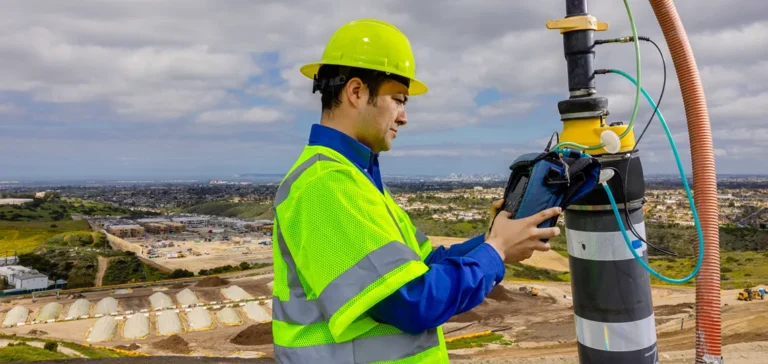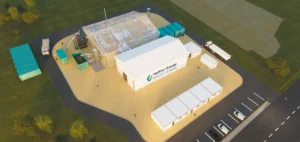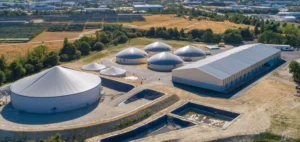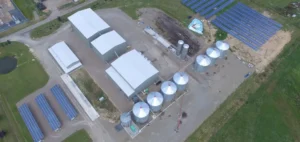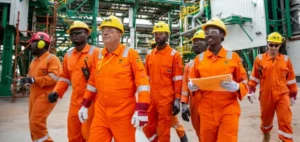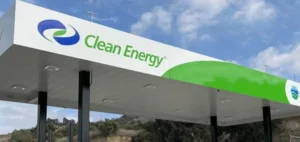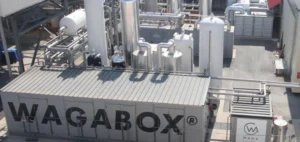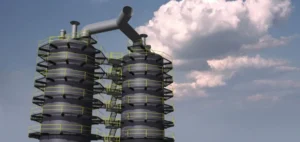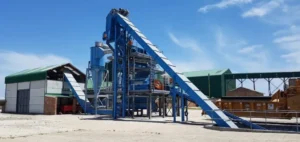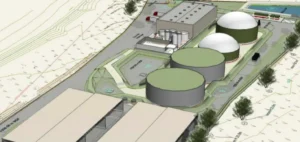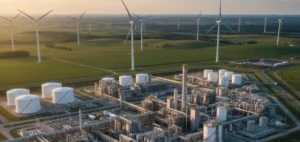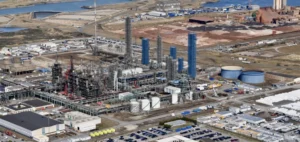Ameresco has announced the commercial start-up of a new renewable natural gas (RNG) production unit at the Lee County landfill site in Illinois, developed in partnership with Republic Services. This commissioning marks the fifteenth such installation jointly developed by the two groups, amid sustained growth in renewable gas projects in the United States.
Direct injection of biomethane into the network
The new facility processes 4,500 standard cubic feet per minute of landfill gas, converting biogas, previously flared, into biomethane injected into the transmission network. Injection into the pipeline began at the end of June 2025, thus making it possible to replace part of the fossil gas with a resource derived from local organic waste.
Environmental targets and local investment
The project aims for an annual reduction of over 61,000 tonnes of carbon dioxide emissions, equivalent to more than 70 mn gallons of gasoline or 1.5 mn barrels of oil not consumed. These results support the energy targets set by the State of Illinois, which aims for 40% renewable energy by 2030 and carbon neutrality in the sector by 2050. Republic Services also plans to recover more than half of the biogas at all its sites by 2030.
The creation of the Lee County unit also brings direct investment to the region and contributes to the security of local energy supply. The renewable gas market is expanding rapidly in the United States, with an increasing number of organic waste recovery sites driven by industrial partnerships.
Marketing of renewable gas and market outlook
The biomethane produced by the Lee County facility is fully purchased by U.S. Energy, which then supplies it to customers looking to reduce their carbon footprint, particularly in transport and industry. This trend responds to growing demand for alternative fuels and more resilient energy solutions amid changing market conditions.
Renewable natural gas projects are gaining ground in energy transition strategies, supported by regulatory frameworks and public emission targets. The sector is seeing the development of partnerships between industrial operators, public stakeholders and fuel distributors, reinforcing the structure of the sector in the United States.


